Change Comparison
Quickly switch to another hardware pair without leaving this page.
Explore other comparison categories:
Comparing: Intel Core i5 1335U vs Qualcomm SDM660 Snapdragon 660
Side-by-side comparison between Intel Core i5 1335U and Qualcomm SDM660 Snapdragon 660. Check the differences in specifications, performance benchmarks, and overall capabilities.
Hardware Specification Overview
This section provides an overview of the technical specifications for the selected Hardware. It allows you to quickly identify key hardware features and compare them side by side. You can also check the benchmark results of each hardware to see how they perform in real-world usage.
Specification Comparison Table
This specification comparison presents technical details of two devices or components to help you understand the key differences between them. Use this table as a reference to decide which hardware best suits your needs.
| Specification | ||
|---|---|---|
| Architecture | x86 | ARM |
| Technology | 10 nm | 14 nm |
| Clock | 1.3 GHz - 4.6 GHz (P), 3.6 GHz (E) | 1.8 GHz - 2.2 GHz |
| Core / Thread | 10 / 12 | 8 / 8 |
| Segment | Mobile | Mobile |
Submission Comparison Table
This table displays benchmark submissions for both hardware being compared. It helps you analyze performance based on standardized benchmark tests, providing insights into speed, efficiency, and consistency.
In this comparison, we analyze Intel Core i5 1335U and Qualcomm SDM660 Snapdragon 660 using multiple benchmarks. Whether you're building a new system or upgrading, these results help you make a data-driven decision.
This comparison is supported by 6 benchmark references.
⚠️ Only 6 submissions available — for Processors we recommend at least 10 to draw a reliable conclusion.
| # | Benchmark Software |
 Intel Core i5 1335U
Intel Core i5 1335U
|
 Qualcomm SDM660 Snapdragon 660
Qualcomm SDM660 Snapdragon 660
|
Performance Diff % |
|---|---|---|---|---|
| 1 | Geekbench4 - Multi Core |
31 691
points
View |
3 879
points
View |
+717.0% |
| 2 | Geekbench4 - Single Core |
7 387
points
View |
1 589
points
View |
+364.9% |
| 3 | Geekbench5 - Multi Core |
8 114
points
View |
681
points
View |
+1,091.5% |
| 4 | Geekbench5 - Single Core |
1 698
points
View |
297
points
View |
+471.7% |
| 5 | Geekbench6 - Multi Core |
8 689
points
View |
788
points
View |
+1,002.7% |
| 6 | Geekbench6 - Single Core |
2 285
points
View |
360
points
View |
+534.7% |
Submission Comparison Chart
This chart visualizes the benchmark scores comparison between two hardware devices based on submitted data.
Media Gallery
A collection of photos of tested hardware. These images help you identify the physical form, model, and variant of the hardware. All photos are from our own documentation. If unavailable, it means we have not yet been able to document that specific hardware.
Compare Alternatives for Intel Core i5 1335U
Find other hardware you can compare with Intel Core i5 1335U below:
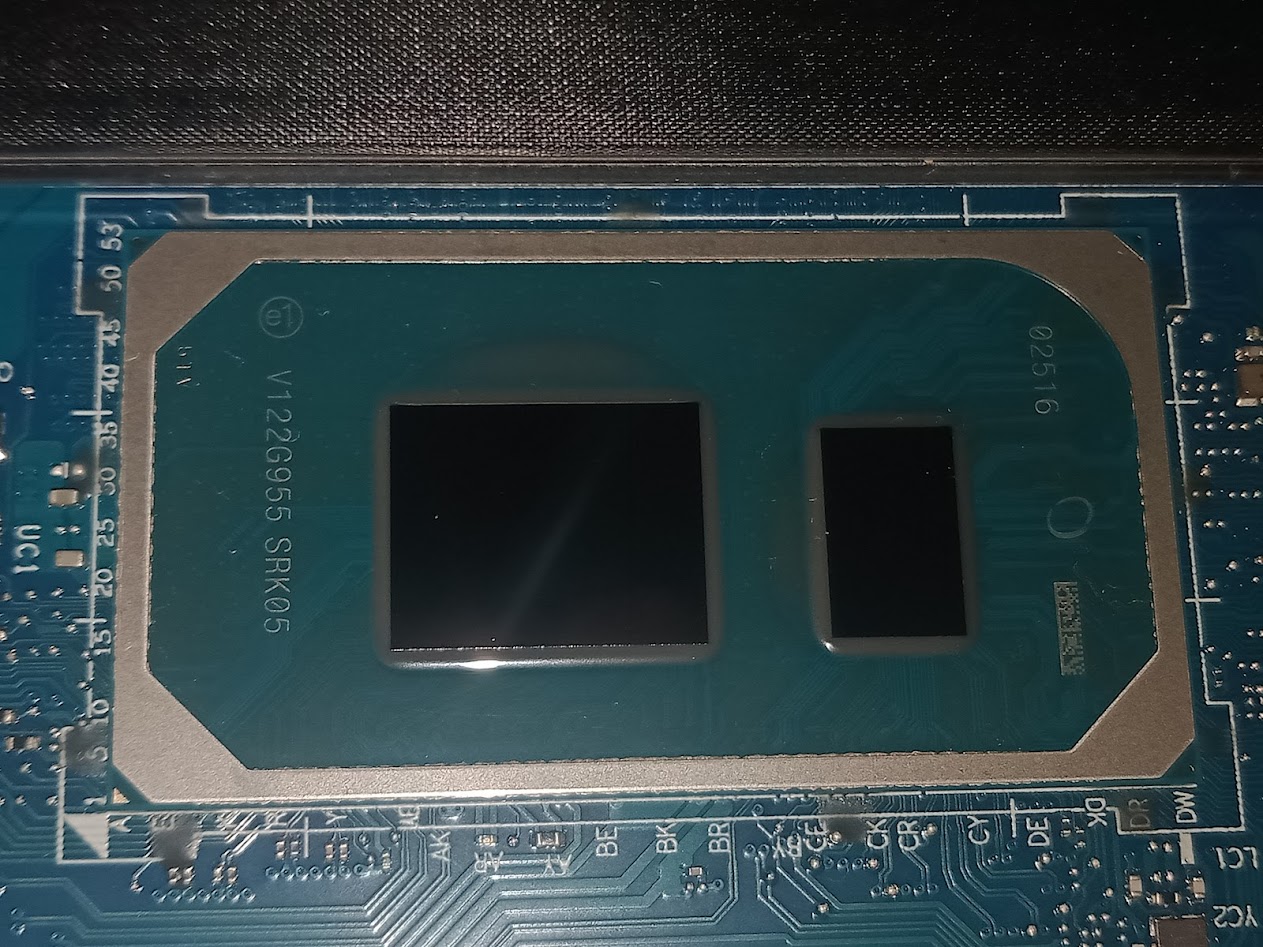
i5-1335U vs Intel Core i5 1135G7
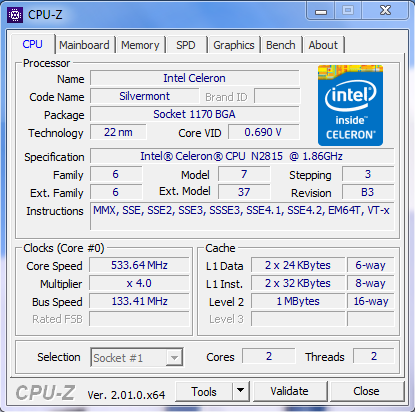
i5-1335U vs Intel Celeron N2815
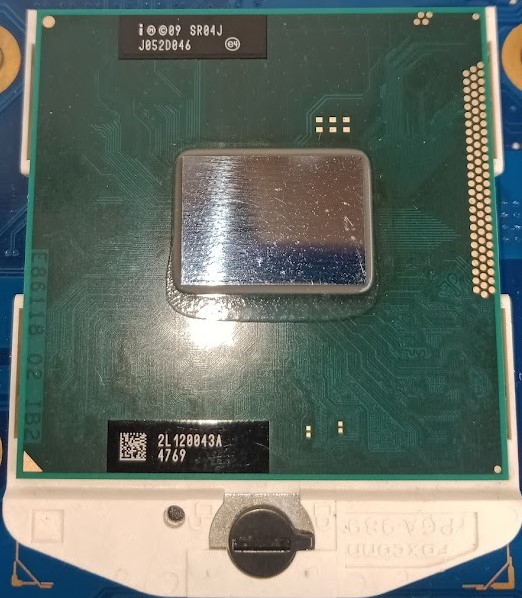
i5-1335U vs Intel Core i3 2330M

i5-1335U vs Intel Core i7 720QM
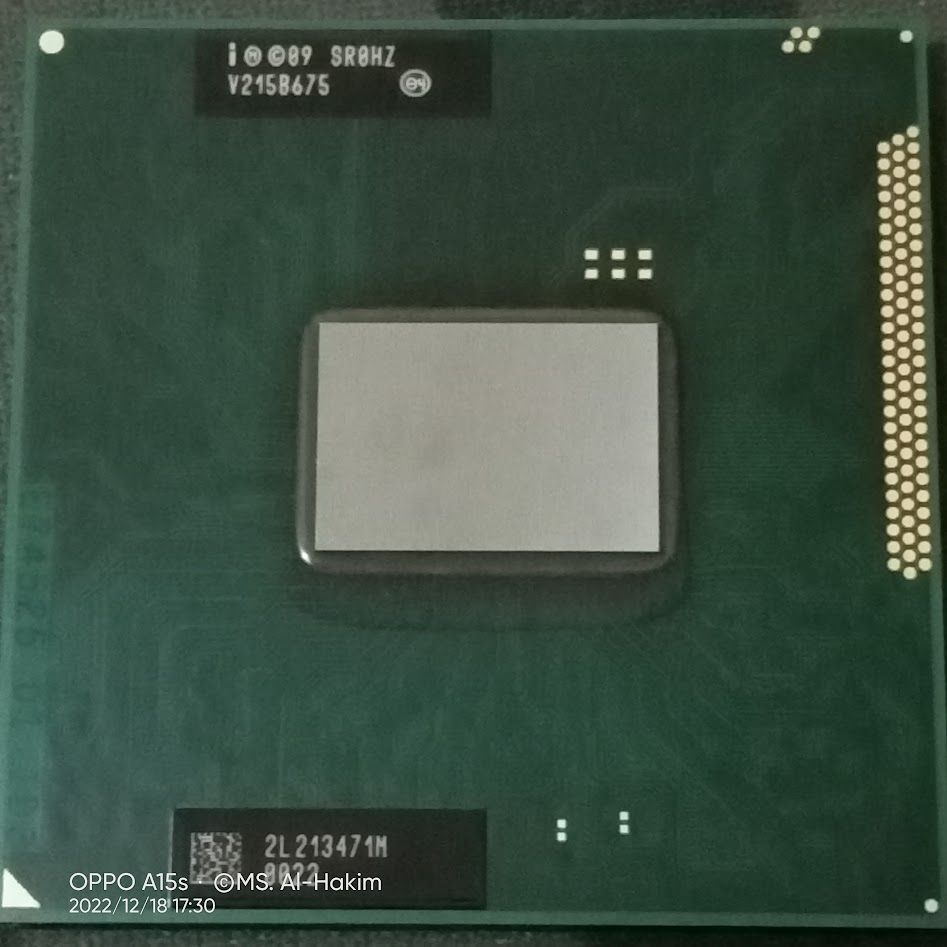
i5-1335U vs Intel Celeron B815
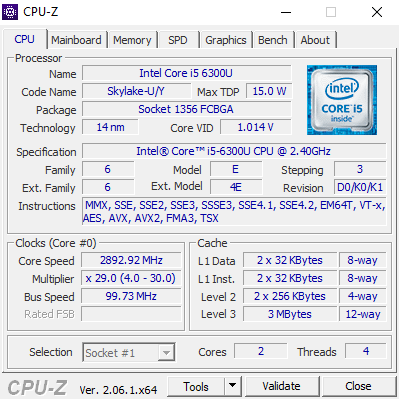
i5-1335U vs Intel Core i5 6300U

i5-1335U vs Intel Core i9 11900F
Compare Alternatives for Qualcomm SDM660 Snapdragon 660
Find other hardware you can compare with Qualcomm SDM660 Snapdragon 660 below:
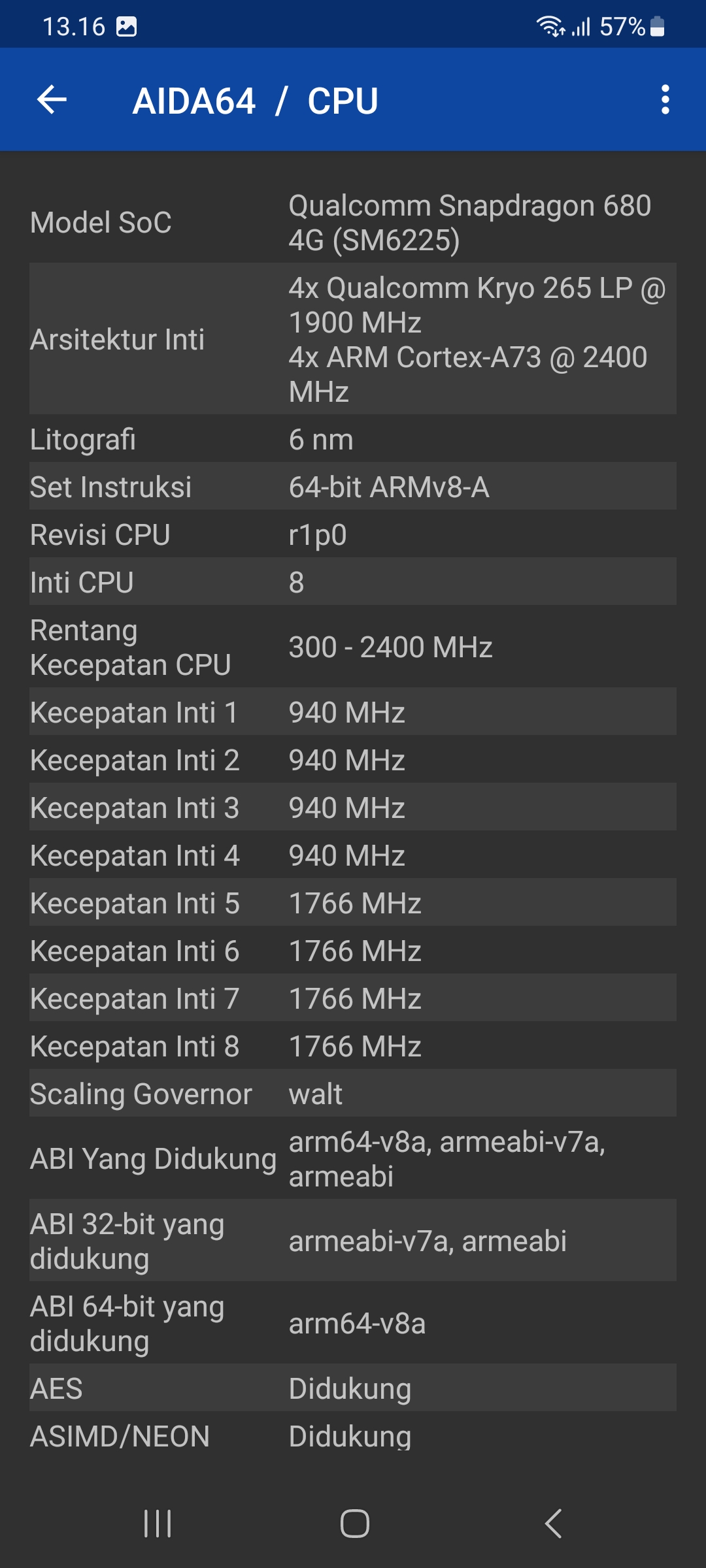
Snapdragon 660 vs Qualcomm SM6225 Snapdragon 680 4G
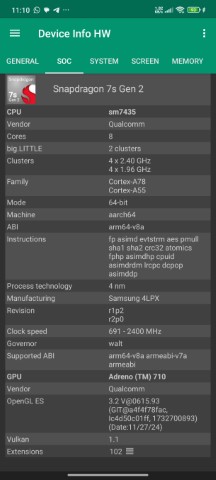
Snapdragon 660 vs Qualcomm SM7435-AB Snapdragon 7s Gen 2

Snapdragon 660 vs Qualcomm SM6125 Snapdragon 665
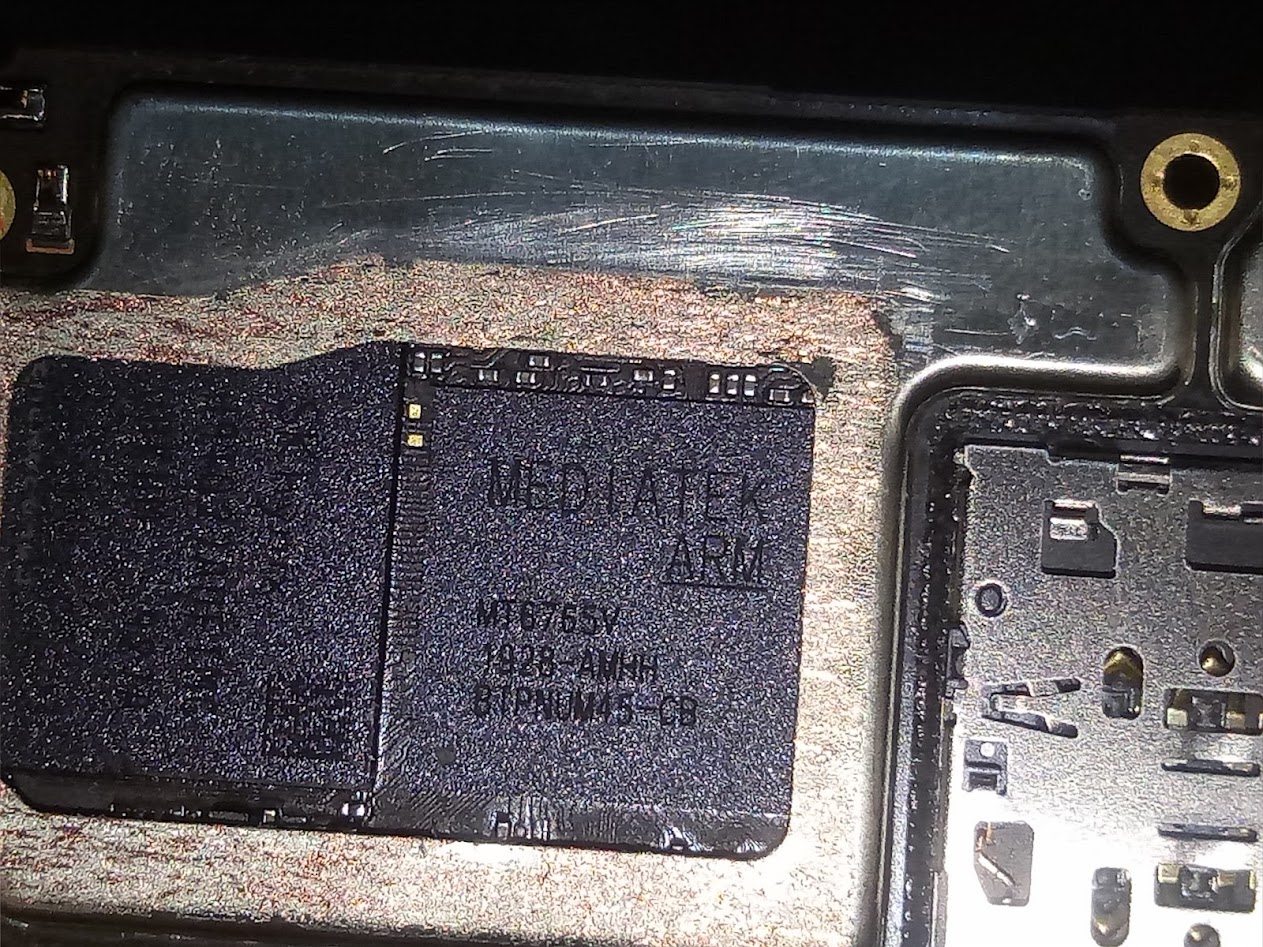
Snapdragon 660 vs MediaTek MT6765 Helio P35
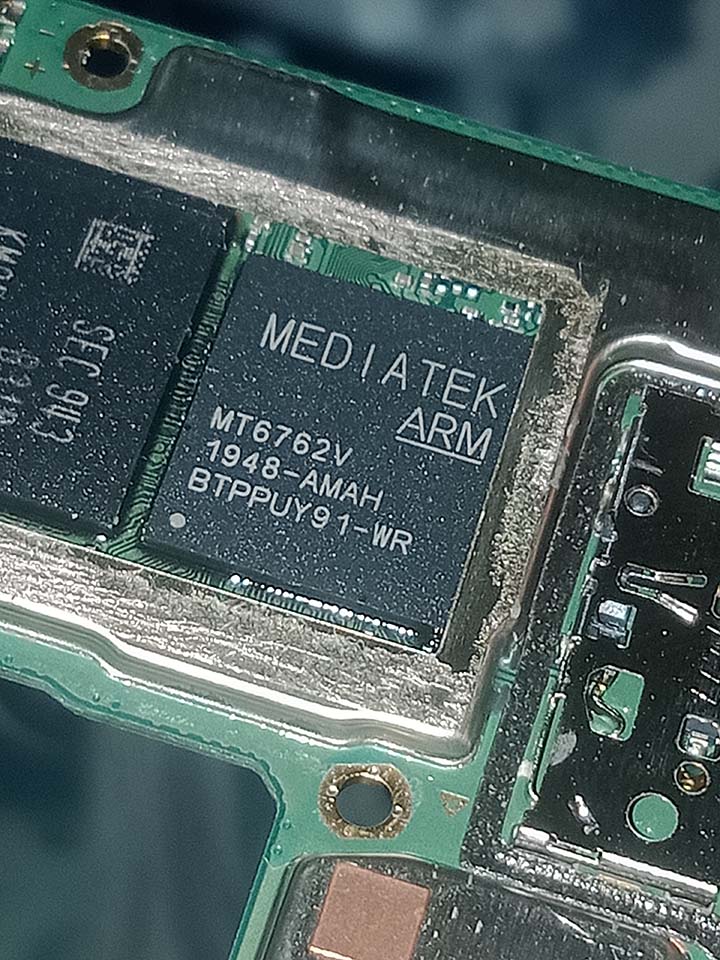
Snapdragon 660 vs MediaTek MT6762 Helio P22

Snapdragon 660 vs MediaTek MT6762G Helio G25

Snapdragon 660 vs MediaTek MT6750
About Intel Core i5 1335U
The Intel Core i5-1335U is a mobile processor from the Raptor Lake family, launched in 2023 and aimed at thin-and-light laptops such as ultrabooks. This processor offers a 10-core hybrid architecture, consisting of 2 Performance cores (P-cores) and 8 Efficiency cores (E-cores), delivering a total of 12 threads to handle both heavy workloads and background tasks efficiently. With boost clock speeds up to 4.6 GHz on the P-cores, the i5-1335U provides excellent responsiveness for productivity, multitasking, and modern office applications.
Built on Intel 7 (10nm Enhanced SuperFin) process technology, the i5-1335U maintains a base TDP of 15W, making it suitable for long battery life and efficient thermal management in slim devices. For graphics processing, the integrated Intel Iris Xe Graphics delivers capable performance for video playback, creative work, and casual gaming, especially when paired with dual-channel memory configurations.
The i5-1335U is featured in devices like the Acer Aspire 5 A515-58P, which includes 8GB LPDDR5 RAM (non-upgradeable) and runs on Windows 11 22H2, offering a modern, smooth user experience. Overall, the Core i5-1335U is an ideal choice for students, professionals, and mobile users looking for a balance between performance and energy efficiency in daily computing.
About Qualcomm SDM660 Snapdragon 660
Qualcomm Snapdragon 660 (SDM660): A Mid-Range SoC That Redefined Mobile Performance
The Qualcomm Snapdragon 660, officially identified as SDM660, was a pivotal release in Qualcomm’s lineup when it debuted in mid-2017. It marked a major leap for the mid-range segment, introducing custom Kryo CPU cores and a stronger GPU that brought flagship-class features to affordable smartphones. Built on the 14nm FinFET process, this SoC combined efficiency, performance, and multimedia capability in a single balanced package that would go on to power dozens of popular devices worldwide.
From productivity tasks to gaming and camera performance, the Snapdragon 660 represented a turning point — setting new standards for what users could expect from non-flagship Android processors.
Architecture and Technical Overview
At its core, the Snapdragon 660 features an octa-core CPU arranged in a 4+4 configuration:
- 4x Kryo 260 Performance cores clocked up to 2.2 GHz, based on the ARM Cortex-A73 architecture.
- 4x Kryo 260 Efficiency cores running up to 1.84 GHz, derived from ARM Cortex-A53.
This hybrid design provides a balanced approach between performance and battery life, handling heavy apps smoothly while maintaining power efficiency for everyday use.
On the graphics side, the chip integrates an Adreno 512 GPU, offering up to 30% higher performance compared to its predecessor, the Snapdragon 653. The GPU supports OpenGL ES 3.2, Vulkan 1.0, and OpenCL 2.0, ensuring compatibility with modern rendering APIs and advanced visual effects in mobile games.
Benchmark and Real-World Performance
In synthetic benchmarks, the Snapdragon 660 continues to deliver competitive results within its class. Devices powered by this chip typically score around:
- 3DMark Sling Shot Extreme (OpenGL ES 3.1) –1300 points
- Geekbench 5 – 297 (single-core) and 681 (multi-core)
- AnTuTu (v10) – 197,604 points
These results place it comfortably above the Snapdragon 636 and close to the performance levels of early Snapdragon 7-series processors. The CPU’s performance remains adequate for daily multitasking, web browsing, social media, and light gaming, while the GPU still handles popular titles such as PUBG Mobile, Mobile Legends, and Genshin Impact (low settings) with reasonable frame stability.
Multimedia and Connectivity Features
The Snapdragon 660 includes Qualcomm’s Spectra 160 ISP, capable of supporting dual 16MP cameras or a single 24MP sensor, with advanced noise reduction and fast autofocus. Video recording supports up to 4K at 30 fps, while playback performance benefits from hardware-level H.265 (HEVC) decoding.
On the connectivity side, the Snapdragon X12 LTE modem delivers download speeds up to 600 Mbps, with 2x20 MHz carrier aggregation and 4x4 MIMO support — features that were previously exclusive to flagship models. Additional capabilities include Bluetooth 5.0, Quick Charge 4.0, and high-quality audio via the Qualcomm Aqstic DAC.
Conclusion: A Balanced SoC That Defined an Era
Even years after its release, the Qualcomm Snapdragon 660 continues to be recognized as one of the most influential mid-range SoCs in mobile history. Its combination of Kryo CPU architecture, capable Adreno GPU, and strong multimedia capabilities made it a favorite among smartphone manufacturers and users alike.
Today, it still delivers dependable performance for everyday use, making it a relevant reference point for performance benchmarking and historical comparisons in projects such as HWPure’s hardware database. The SDM660 stands as a symbol of Qualcomm’s engineering balance — where performance, efficiency, and longevity meet in one well-crafted platform.


